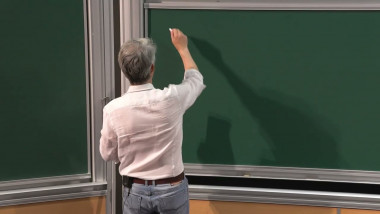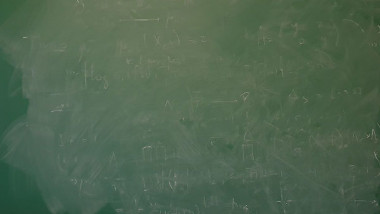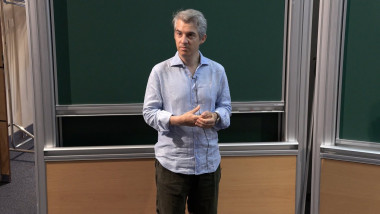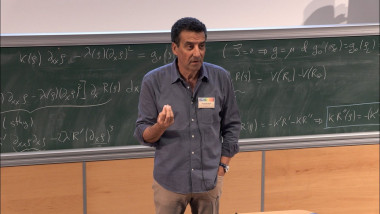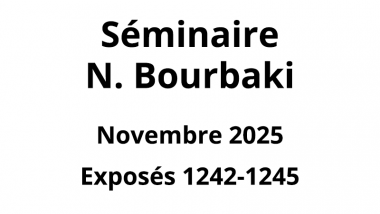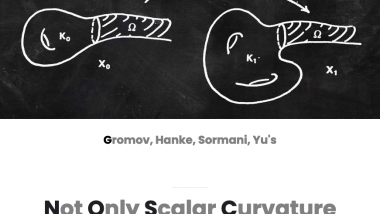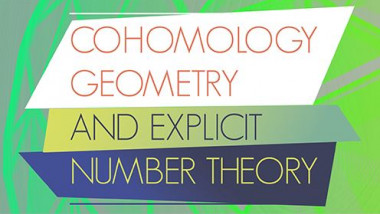Apparaît dans la collection : 2019 - T1 - WS2 - Statistical Modeling for Shapes and Imaging
This talk is about image processing for observational cosmology. The Planck satellite from the European Spatial Agency has recently released full-sky images of the Universe seen at 9 different wavelengths. Planck targets the Cosmic Microwave Background (hereafter CMB), the relic radiation which permeates the Universe since its early infancy, but can only see it contaminated by all the other sources of radiation in the (microwave) sky, leading to a mission-critical image processing challenge: extracting the CMB map from multichannel observations. This can only be achieved at high accuracy with good statistical modelling but statistics hit a snag: there is only one observable Universe. Hence, one has to do statistics based on a single realization. I will discuss how ideas taken from ICA (Independent Component Analysis) helped in addressing the Single Universe problem and in producing the oldest image in (of) the world.
